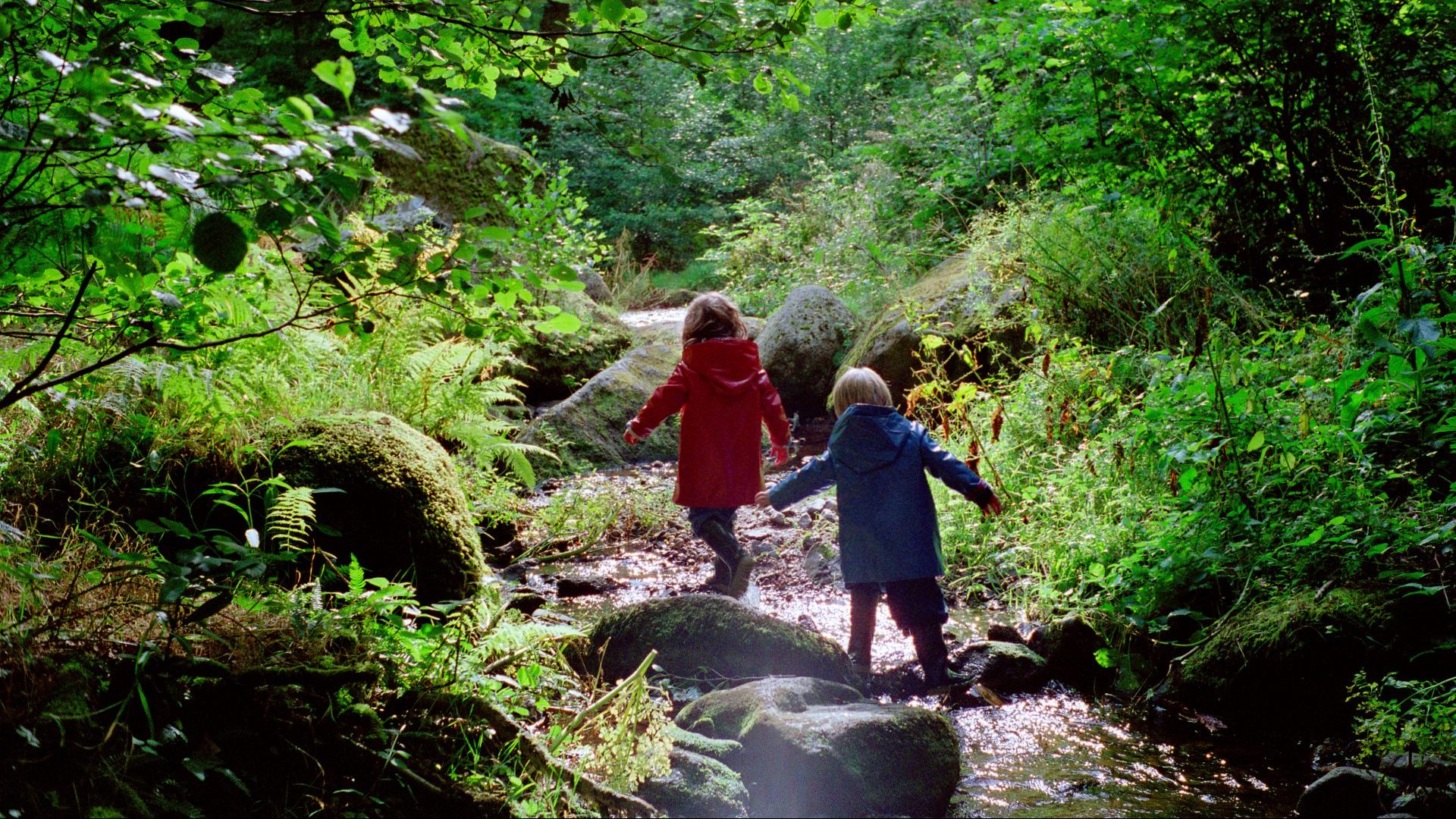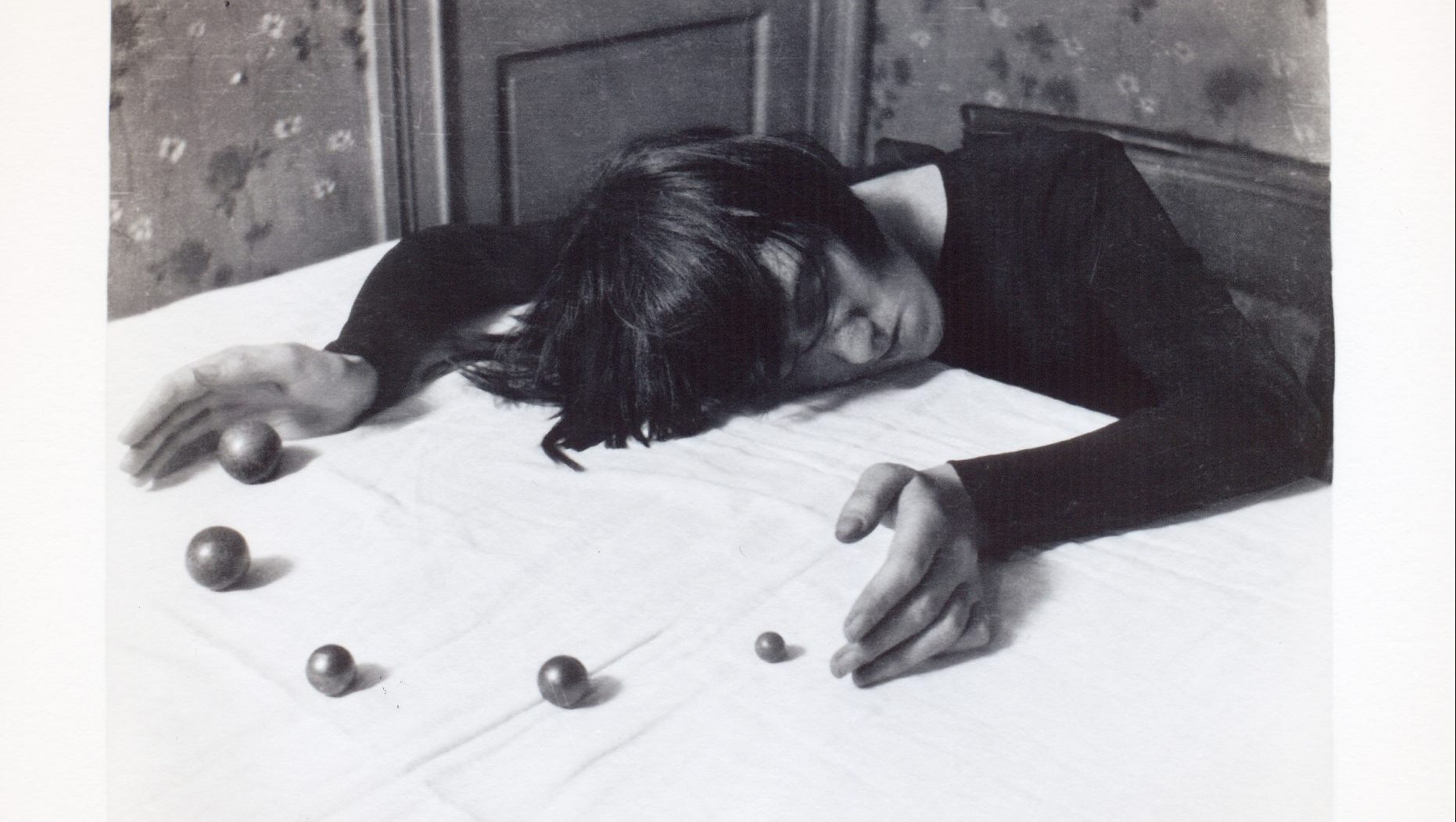The distant past is always a brooding presence in the novels of Clara Dupont-Monod. Her 2000 book La folie du roi Marc was an original take on the classic story of Tristan and Iseult written from the perspective of Iseult’s husband, the King of Cornwall. In 2007 she published La Passion selon Juette based on the true story of Yvette de Huy, a 12th-century Belgian anchoress, a work that earned her a shortlisting for the Prix Goncourt.
Her 2014 novel Le roi disait que j’étais diable, in which Richard the Lionheart tells the story of his extraordinary mother Eleanor of Aquitaine, was her first to be translated into English, by Ruth Diver as The Revolt in 2021, a book praised by Le Figaro for how it “dances beautifully with history, never putting a foot wrong”.
And the Stones Cry Out is her eighth novel and her second to be translated into English, this time by Ben Faccini, a book set this time firmly in the present day but in which the weight of the past is tangible in both landscape and characters.
Originally published in France as S’Adapter, the book won the Prix Femina in 2021 and was also longlisted for the Prix Goncourt. A runaway bestseller, S’Adapter has shifted almost 400,000 copies in France where it was praised widely for its sensitive depiction of a family with a disabled child.
“I wrote S’Adapter from my own personal experience,” said Dupont-Monod. “I had a disabled brother, who had the same disabilities as the child described in the book.”
Set in the mountainous Cévennes region of south-central France, And the Stones Cry Out begins with the uncompromising lines: “Once upon a time a maladapted boy was born into a family. ‘Maladapted’ is an ugly, demeaning word, but it captures the reality of his limp body and empty, wandering eyes.”
The boy is the third child of a couple living in a remote hamlet in the mountains, one that required “driving on tiny, winding roads, stomachs turned inside out” to reach. The family has lived there since medieval times and everything has been witnessed by the ancient stones of the courtyard wall which narrate the story.
The child has two older siblings, a sister aged seven and a brother aged nine, and at first everything seems as it should be. Before long, however, it becomes clear the baby is not developing conventionally, his eyes registering nothing and his body remaining limp.
“It’s like he’s passed out with his eyes open,” says the child’s older brother, referred to throughout as “the firstborn” in a book where no characters’ names are revealed.
There is a searing honesty to the narrative, the parents doing their best to cope with the extra responsibility while coming up against walls of bureaucracy every time they seek help, suffering accordingly from a mixture of guilt, anger, frustration and exhaustion.
“Nostalgia for a formerly untroubled existence can certainly turn people insane,” observe the stones.
The oldest child takes the keenest interest in his brother’s welfare. Like most children, he knows every inch of his locality, the trails, the tracks, the nature, the cycle of the year as experienced in and by the landscape. He imparts as much of this as he can to the child, rejoicing at any kind of reaction, actual or imagined.
So taken is the firstborn with the beauty of their surroundings he is convinced the child can only benefit from them; he carries the boy to the riverbank and lays him in the shade of pine trees as their sister joins them and wades into the stream trapping insects. Having ensured there are no hidden hazards – like the hornets’ nest he had found on a previous occasion – he “stays there, his heart jittery but happy, surrounded by those he loves: his sister, his brother and us, the stones, there as both riverbed and playground”.
So immersed is he in this protective role that when a teacher asks him what job he wants to do when he grows up he replies, “older brother”. Hence when the boy is placed in the specialised care of nuns the firstborn is distraught, his life upended as his “heart hardened and he could feel it shrivel and turn into a compact, heavy mass, which moments later would explode, splintering the day ahead into thousands of jagged pieces”.
And the Stones Cry Out is riddled with such grief, mostly for the lives the family members would otherwise have had without the extra responsibilities thrust upon each of them. There is the nostalgic grief of the parents for less troubled times, the grief of the older brother when the boy is taken into the care of the nuns and the grief of the sister for the relationship she once had with her older brother whose life now revolved completely around their youngest sibling.
“She sniffed at the air and felt the full force of her pain: she and her elder brother no longer shared anything,” Dupont-Monod writes.
The book is also infested with loneliness. Every character is isolated within themselves; the parents are peripheral figures and the siblings live separate lives, emotionally and physically. There are no conversations about the feelings unleashed by their situation: the brother is consumed by an empathy bordering on the obsessive, the sister feeling an antipathy for the child who has disrupted the happy rhythms of life on the mountainside.
“She felt no tenderness towards the boy. To her, first and foremost, he was a sickly puppet who required neverending care – a perpetual baby.”
The sister becomes rebellious, takes up boxing and starts making trouble at local events, becoming angrier and angrier, even when the child dies.
This new kind of grief also has an effect on the siblings. The older brother finds it hard to cope and shuts off his emotions, determined never to be hurt again and feeling that if life has taught him anything, it is that heartbreak is inevitable.
“Good luck or misfortune, it doesn’t matter,” observe the stones, “he won’t give life the benefit of the doubt.”
For all his knowledge of the mountains he moves to the city to become an accountant because “numbers don’t fail him; they’re reliable”.
Another son is born, who grows up aware of just who he was following, and even replacing. He becomes much more attuned to the past than the rest of the family, attuned to the legacy of lonely melancholy at the core of the household, dating from a time before he even existed. At school he excels at history while becoming increasingly awed by the ancient landscape in which he lives.
“Sometimes he ran his fingertips over us stones as if he were respectfully touching his ancestors’ remains. It was true to a certain extent but he didn’t speak about this with anyone,” observe the stones. “His family’s past was full of gaps. But that’s exactly why he liked studying history because his own story eluded him.”
There are few novels that evoke the landscape as sensually as this. The mountains, streams, trees and stones are there on every page, even as an unmentioned presence. The landscape underpins everything, for the youngest child it is “where smells became touch, where forgotten places pulsed with life, in a heady intoxicating mix”.
The stones endure, there long before the arrival of humanity among the mountains and set to be there long after we are gone, yet still energised by the renewal around them. The stones are “committed to children. We carry their stories deep within us, and it is their tale we wish to tell”. It becomes a mutual relationship; at times of particular anxiety the firstborn places his hands and forehead against the stones of the courtyard wall, at once absorbing and sharing, the stones effectively taking him in their embrace.
There is a quiet wisdom in the narration that works brilliantly. The stones are there to observe, retain and relate. When the sister’s frustration boils over and she kicks the cushion on which the child is laid, “We didn’t judge her. Who were we to do so? We did, however, recognise that ancient and absurd logic, which is that weakness engenders brutality, and the living like to punish those who aren’t alive enough. This logic is specific to humans and animals. It doesn’t affect stones”.
The personal experience underpinning And the Stones Cry Out makes one wonder where Dupont-Monod’s stones are, the ancient rocks storing knowledge and stories and releasing them back to her in order that she can distil something honest about herself into every character, each with their individual flaws, frustrations, anger, grief, empathy and joys.
“But this has never made me sad,” she said of her own story. “Quite the opposite: my brother taught me tolerance; he taught me to go out of my comfort zone and open myself up to difference. The three children in the novel are like me. They need to open themselves up to this child; to accept difference”.
And the Stones Cry Out by Clara Dupont-Monod, translated by Ben Faccini, is published by MacLehose Press, on sale April 11, price £16.99




